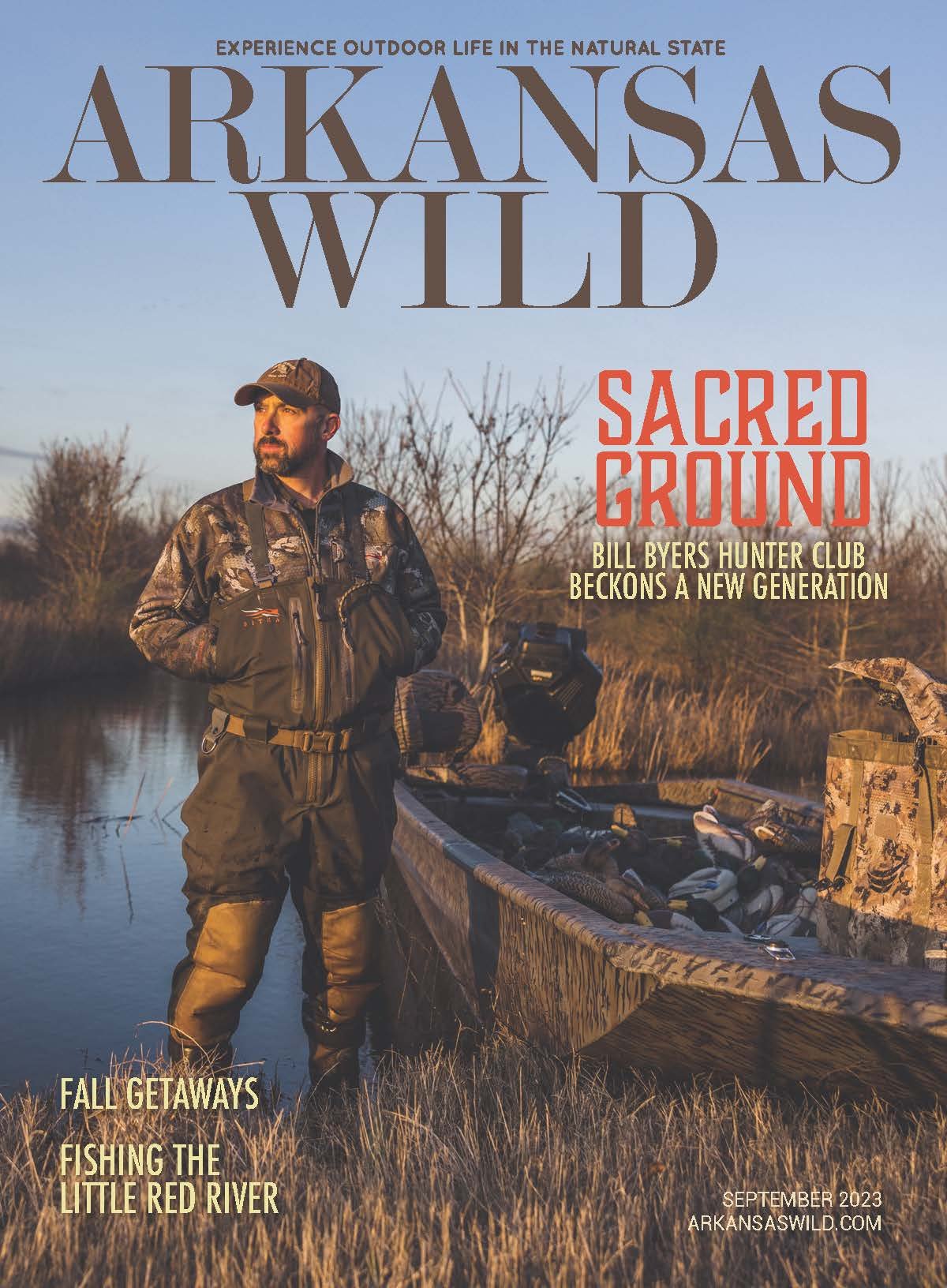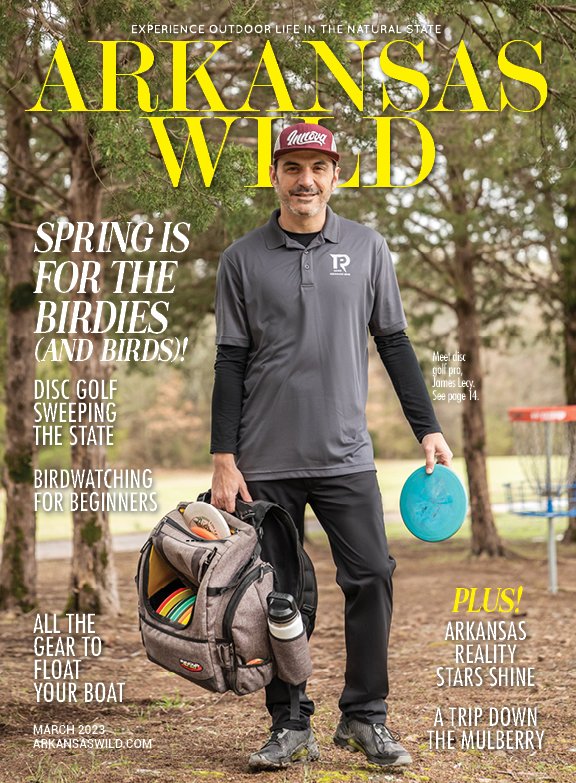Hot Spot Cossatot
Conservation outfit tags state park for education, clean-up
By Luke Coop
The author (center) chats up Joe Besl (left) and Joe Creaghead, Leave No Trace Subaru Travelling Trainers prior to the Cossatot clean-up.
If you’ve lived in Arkansas long enough, you’re probably at least passingly familiar with the Cossatot River. Maybe you’ve heard the nicknames — Tot, Skull Crusher. Perhaps you’ve even paddled it.
The truth is, when most Arkansans think of the Cossatot they think of whitewater. But recently the Tot caught the attention of someone other than the whitewater paddling community, someone from Boulder, Colo. to be exact.
This year, the Leave No Trace Center for Outdoor Ethics designated the Cossatot River State Park a Leave No Trace hot spot. This is a dubious annual distinction bestowed upon 20 U.S. locations, four of which are permanent fixtures on the list.
The process of selecting a hot spot starts with nominations submitted to the Leave No Trace website by outdoors lovers. Nominated locations are compiled and vetted by a committee led by Leave No Trace’s hot spot coordinator Mitch Warnick. This year the committee sifted through more than 190 submissions to arrive at the annual limit of 16 hot spots.
Hot spots can be chosen for any number of reasons, but they all have one thing in common: They are being loved to death.
“The five river accesses in the park are visited by thousands of people each year and the effects of overuse are looming in these areas,” said Victoria Carson, Cossatot State Park interpreter. “Illegal fire rings, litter, human waste, vegetation damage and threats to water quality can be seen throughout the park.”
To learn more, I headed to the Tot sans boat to meet up with Carson, Rob Stephens, Leave No Trace Arkansas advocate and “The Joes” Joe Besl and Joe Creaghead, two of Leave No Trace’s Subaru Travelling Trainers.
Joe and Joe (as they’re affectionately known) traverse the U.S. most of the year for the express purpose of helping people enjoy the outdoors ethically. They conduct Leave No Trace workshops, give talks and lead hot spot programs like the one held last year at the Cossatot.
I spent some time talking with the crew about the challenges the Tot faces, the Subaru Travelling Trainer program and Leave No Trace Arkansas. I also asked Joe and Joe about their experiences as travelling trainers and their impressions of our state.
“We’ve been here for ten days,” Creaghead said. “It’s been a nice little surprise to experience Arkansas. It really is beautiful.”
The crew that turned out at the Cossatot clean-up last fall, while dedicated and determined, was disappointingly small in number. But as half of the attendees were of high school age, it suggests the foundation is being laid for the next generation’s appreciation for Leave No Trace ethics.
Arkansas’s outdoor resources are at a critical juncture. Traffic in parks and on rivers, lakes and trails increases every year. Leave No Trace ethics, especially among young outdoor enthusiasts, will ensure these resources are available to future generations.
As Stephens noted, “We have many wonderful state parks to be thankful for in Arkansas and it’s everyone’s responsibility to take care of them for our future generations to enjoy.”
Leave No Trace Principles
Employ these ethics when in the wild to help preserve our beautiful spaces for all.
Plan Ahead and Prepare
Travel and Camp on Durable Surfaces
Dispose of Waste Properly
Leave What You Find
Minimize Campfire Impacts
Respect Wildlife
Be Considerate of Other Visitors
To learn more visit lnt.org.



